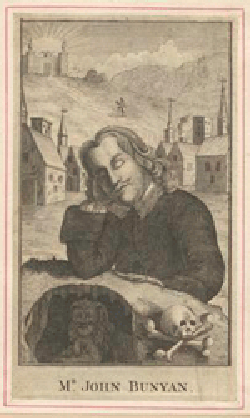TO ADD OR DROP CLASS, SEE ME AFTER CLASS. TO DROP, YOU MAY LEAVE YOUR DROP CARD (FILLED OUT) IN THE ENGLISH DEPT. I'LL SIGN IT AND YOU CAN PICK IT UP. |
RESTORATION & REVOLUTION 1660 - 1700 LECTURE # 1: In the Shadow of the Scaffold |
In 1649, Charles was tried for treason by Parliamentary leaders and condemned to death. This is the scene of his trial. He refused to recognize the legitimacy of the proceedings. Charles I was regarded as a Christian martyr. January 30 was commemorated by the Anglican Church until the mid-19th c.
|
" I go from a corruptible to an incorruptible crown, where no disturbances can be." Charles I, on the scaffold, January 30, 1649. His death stood in the background of the Restoration. Charles II is said to have ruled in the shadow of his father's scaffold. Painting: Sir Anthonyt Van Dyck (1599-1641): Charles I in three positions
(Qtd. Richard Ollard, The Image of the King, p. 25.) |
|
What were the Issues?
The two sides in the Civil War were the Royalists and the Parliamentarians.
|
Cromwell was a country gentleman who became a soldier, statesman and finally Lord Protector of Great Britain. As MP for Huntingdon and then Cambridge, he was an outspoken critic of Charles I and 'much hearkened unto'. His military skills and God-fearing tenacity were decisive factors in the Parliamentarian victory in the Civil War. Cromwell was prominent among those who first treated with, and then executed the King in 1649. He achieved military success in Ireland in 1649 - but carried out brutal massacres - and he led the New Model Army to victory against the Scots and Charles II in 1651. http://www.npg.org.uk/536.htm Declaration of Breda: Charles, by the grace of God, King of England, Scotland, France and Ireland, Defender of the Faith, &c. To all our loving subjects, of what degree or quality soever, greeting. And because the passion and uncharitableness of the times have produced several opinions in religion, by which men are engaged in parties and animosities against each other (which, when they shall hereafter unite in a freedom of conversation, will be composed or better understood), we do declare a liberty to tender consciences, and that no man shall be disquieted or called in question for differences of opinion in matters of religion, which do not disturb the peace of the kingdom; and that we shall be ready to consent to such an Act of Parliament, as, upon mature deliberation, shall be offered to us, for the full granting that indulgence
|
RESTORATION refers to the restoration of the monarchy but can be understood more broadly Continuing questions for our course: What precisely was restored? And what had been irrevocably changed by civil war, the death of Charles I, and the interregnum? Initial answers: The monarchy and the House of Lords were restored. But the charismatic or sacred quality of kingship was not. And the ideal of religious and political uniformity gave way to the reality of dissent and party, eventually requiring religious toleration and alliances based on interest. A World of Serious political & religious oppositions |
. |
|
|
|
|
One example of the fundamental oppositions of Restoration Society:dissenters & libertine |
|
|
|
|
|
 |
|
PORTABILLITY AS A METHOD OF ANALYSIS Looking closely at Words |
|
|
|
REVOLUTION in our course title refers initially to political events in 1688. But we will use the term more broadly and ask what sort of cultural revolutions were taking place. |
